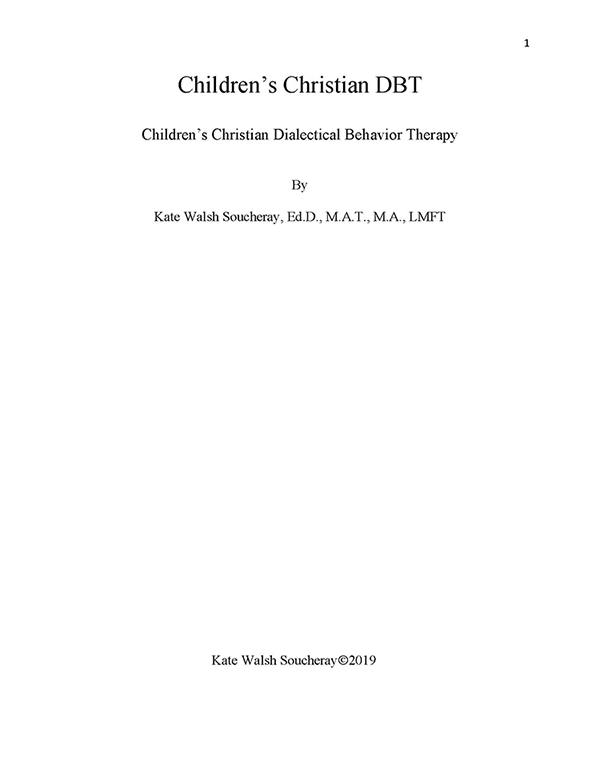By Emily Drooby
Many New Yorkers are still struggling, especially when it comes to stable work.
Across the state, unemployment rates are high. The biggest numbers are coming from the Bronx, Brooklyn and Queens.
The lingering unemployment woes come as a surprise to many, including Queens resident Reggie Ranjeet.
“I didn’t think it was going to last this long,” Reggie explained.
Before the pandemic, the parishioner of Holy Child Jesus Church in Richmond Hill worked in Information Technology (IT), specifically technology for restaurants. It was a field he thought was stable.
“Restaurant POS’s you would think that they would always be needed,” Reggie said, explaining Point Of Sale, a computerized system that lets business owners track things like sales, cash flow, and food inventory. “But with the current situation, of everything restaurants can’t afford to stay open, restaurants are closing, they’re not having as much staff as they used to.”
He was furloughed back in April and like many New Yorkers, used unemployment to get by. But there was always hope, until the beginning of this month.
“On October 5, they finally terminated me due to the global position of how the restaurant business is running right now,” he explained.
Many restaurants are still struggling. In fact, according to the The New York State Restaurant Association, 63 percent of NY restaurants say they’ll close by the end of the year without state or federal help. Reggie’s job is a casualty of this state-wide struggle and it left him feeling unstable.
He was “a little bit nervous, a little bit scared, keeping up with the rent and all the other bills and expenses, things like that.”
The devout Catholic has used his faith as a rock, taking this time off to help his church with technology repairs and grow his own business ReggieTech — a computer and technology repair company with a YouTube channel.
He even did home restorations, all of this while he continued to look for a job.
Reggie is just one example of so many who are still struggling to find stable and well-paying employment
In the city, the recent weekly unemployment numbers are still six to 11 times higher than they were last year.
Food pantries in New York City are also still seeing long lines, with an estimated 1.5 million unable to afford food.
Reggie has a message for everyone who is struggling:
“Don’t let it bring you down. It gets tough sometimes, things get rough but you really got to look for it and have the faith that there is going to be a better day next. Things are going to work out, everything happens for a reason. I can definitely say that everything happens for a reason.”
